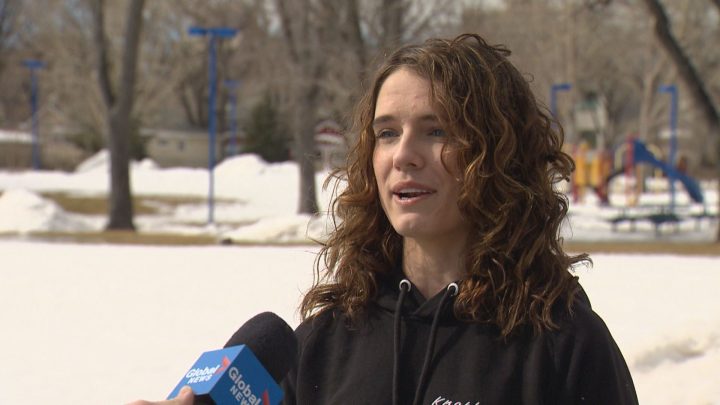Nearly 10 former residents of Camp Hope in Regina have passed away from drug overdose since the camp shut down according to camp organizers, who add that just one resident died of overdose at the camp in 39 days.

They say that alarming and tragic pace, when considering that the camp was consistently staffed by volunteers trained in the use of naloxone, should serve as justification for provincial funding of safe consumption sites.
“Since camp’s been shut down, I believe it’s been 126 days as of today, and we’re reaching the double digits actually. I can’t confirm ten but definitely nine,” said Payton Byrne, who volunteered at the camp for most the time it was operational.
“The second we shut down we were getting messages into our group of ‘this person passed away, that person passed away’ just because we weren’t there.”
Organizers are withholding identities of the deceased to protect their privacy.
According to the latest report form the Saskatchewan Coroner’s Service there were a suspected 446 drug toxicity deaths in Saskatchewan in 2021, which would make it a record year if all deaths are confirmed. Fentanyl was the most commonly identified toxic substance in coroner investigations.
- What is a halal mortgage? How interest-free home financing works in Canada
- Ontario doctors offer solutions to help address shortage of family physicians
- Capital gains changes are ‘really fair,’ Freeland says, as doctors cry foul
- Canada will take bigger economic hit than U.S. if Trump wins election: report
Use of drugs is not allowed at the temporary indoor shelter set up in Regina in Camp Hope’s wake.
So far though, despite multiple requests, the province has declined to directly fund supervised consumption sites, such as the one in Saskatoon at Prairie Harm Reduction.
Byrne argues that, if money is a concern, policy makers should consider the hidden costs of an extended addictions crisis which she says she experienced firsthand after she helped save someone with naloxone who had overdosed last Friday.
“We were told that, at the hospital, when somebody overdoses, they will sit in the waiting room for up to two hours. During that time their paramedic will have to sit with them for up to an hour,” she said.
“That’s an hour of paramedic time. When you’re looking at your budget, look at safe supply and safe consumption sites and then you won’t have to pay for your paramedics to sit in a hospital.”
Asked about the idea Monday, Mental Health and Addictions Minister Everett Hindley did not indicate whether or not the province would be providing funding for safe consumption sites in its coming budget, but touted the overdose crisis and harm reduction as a top priority for the government.
“We know from the statistics we’ve seen and from some of the findings of the drug task force. You talk to emergency personnel and paramedics and they report that a large number of the calls that they respond to are in private residences,” Hindley said.
“So that’s the challenge, and it’s not just in Regina and Saskatoon, we have it happening in rural and remote communities and in First Nations communities, so we’ll take a look at all of our options but again are trying our best to provide those supports that we can to as many people as we can across Saskatchewan.”
The Saskatchewan NDP’s Trent Wotherspoon said Monday his party supports government funding for safe consumption sites.
The provincial budget is set to be released Wednesday.
Byrne says, though, that supervised consumption sites are only part of the solution for preventing fatal overdose.
She believes that Saskatchewan Income Assistance rates are not high enough, and that housing security is an important part of helping people cope with substance use disorder.
One recent study conducted in BC reports that “people who use drugs and who are unstably housed are disproportionately affected by a rising overdose crisis” and that “the continued implementation and evaluation of novel overdose prevention interventions in housing environments should be a public health priority.”
She says she’d also like to see the province explore safe supply be combined with supervised consumption sites and housing initiatives.
“When you have safe supply, for one, you can test the drugs before giving them to people so you’re not giving them drugs that are laced,” she said, pointing to cannabis and alcohol as examples of safe supply already being applied.
“Two, you can have an area where, just like Camp Hope, people are surrounded by their peers or people who care, where they can sit there and have conversations. And, if something happens, there are people there who can help.”




Comments